I enjoy people . I love to engage with, talk with and listen to people. By nature I ask many questions, as my greatest learnings come from everyday, busy people just like me. And its often where the best ideas for future books and projects stem from people just like you.
This is exactly how the Wellness Trilogy came to be. From conversations on our Facebook page, emails to info@4ingredients.com.au and your interest at my public engagements, the most frequently asked questions are; when are you bringing out a 4 Ingredients book relating to Gluten, Lactose, Diabetes and Allergies? So for you all Here they are!
Three beautiful, affordable books each with over 60 quick, easy and delicious recipes aimed to encourage us all; not only to eat better, but to prevent Prevention is the best Medicine!
Welcome to My Kitchen
I speak all over the world, sharing my story and love for all things super-simple in the kitchen.
I start by saying Welcome to my kitchen.
Its full of love and laughter, of creative simplicity, recipes and kitchen wisdom that will save you time and money in the kitchen
Its EASY!
With Love
Kim

What is Gluten?
Gluten is a protein found in wheat, rye, barley, oats and their derivatives. It is also found in grains that are genetic variants, such as spelt and kamut..
Coeliac Disease is an autoimmune reaction, which causes inflammation and damage to the small intestine when gluten is ingested. Those with coeliac disease are intolerant of gluten lifelong, where the only method of treatment is a strict gluten free diet. The exposure of small amounts of gluten to the small intestine will trigger the immune system, resulting in the small intestine lining to become damaged and inflamed reducing the ability to absorb nutrients from the diet.
Non-coeliac gluten intolerance can occur in those that experience the same symtoms as coeliac disease, but test to have no intestinal damage.
Symptoms. This leads sufferers to experience symptoms of malabsorption, including;
chronic fatigue
neurological disorders
nutrient deficiencies
anemia
nausea
bloating
skin rashes
depression, and more.
Research suggests that 1 in 100 Caucasians are diagnosed with coeliac disease and 1 in 20 with a non-coeliac gluten intolerance. However, experts suggest that the true number could be closer to 1 in 5 but many go undiagnosed living with the symptoms of bloating, abdominal discomfort, pain or diarrhea and headaches, thinking that its just life!

For more information and support contact:
Australia | www.coeliac.org.au | 1300 458 836 |
New Zealand | www.coeliac.org.nz | 09 820 5157 |
Cattassi. C. et al. When is a coeliac a coeliac? Report of a working group of the United European Gastroenterology week in Amsterdam.
What is Lactose?
Lactose is the sugar found in milk and dairy products.
Lactase is an enzyme produced by the small intestine that breaks down lactose so that it can be absorbed into the bloodstream.
Lactose Intolerance is caused by the inability of the body to break down milk sugar (lactose). People with this condition cannot produce enough lactase to breakdown the lactose.
What happens? When lactose moves through the large intestine (or colon) without being properly digested, the undigested lactose absorbs water and is fermented by natural gut bacteria to produce excessive gas causing uncomfortable symptoms (listed below). Some people who have lactose intolerance cannot digest any lactose containing milk or dairy products at all. Others can eat or drink small amounts of milk products or certain types of milk products without problems.
Lactose intolerance most commonly runs in families , and symptoms can occur at any stage in the life cycle.
Symptoms usually begin 30 minutes to 2 hours after you eat or drink milk products. If you have lactose intolerance, your symptoms may include:
Bloating
Pain or cramps
Gurgling or rumbling sounds in your belly
Gas
Loose stools or diarrhea
Vomiting
If you suspect this may be you, always consult your GP or physician first, as there may be alternative conditions causing your symptoms.
Guide to Weights and Measures
GF LF = Gluten Free Lactose Free
To help a recipe turn out right, you need to measure right. I have included this simple conversion table to help, regardless of where you are in the world.
Grams - pounds & ounces |
Grams (g) | Ounces (oz.) | Grams (g) | Ounces (oz.) |
5g | 1/4 oz. | 225g | 9 oz. |
10g | 1/2 oz. | 250g | 10 oz. |
25g | 1 oz. | 275g | 11 oz. |
50g | 2 oz. | 300g | 12 oz. |
75g | 3 oz. | 325g | 13 oz. |
100g | 4 oz. | 350g | 14 oz. |
125g | 5 oz. | 375g | 15 oz. |
150g | 6 oz. | 400g | 1 pound (lb.) |
175g | 7 oz. | 700g | 11/2 lb. |
200g | 8 oz. | 900g | 2 lb. |
Spoons millilitres (mls) |
1 teaspoon | 5 mls |
1 dessertspoon | 10 mls |
1 tablespoon | 15 mls |
Cups mls fluid ounces tbsp. |
Cups | Mls | Fluid Ounces | Tbsp. |
1/8 Cup | 30 ml | 1 fl oz. | |
1/4 Cup | 60 ml | 2 fl oz. | |
1/3 cup | 80 ml | 2.5 fl oz. | 5.5 |
1/2 Cup | 125 ml | 4 fl oz. | |
2/3 cup | 160 ml | 5 fl oz. | 10.5 |
3/4 cup | 190 ml | 6 fl oz. | |
1 cup | 250 ml | 8 fl oz. | |
Breakfast
Water is the most important nutrient in our diet
And often the most neglected!


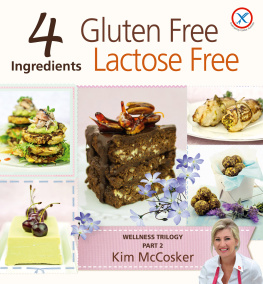
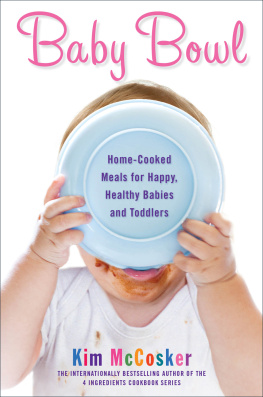

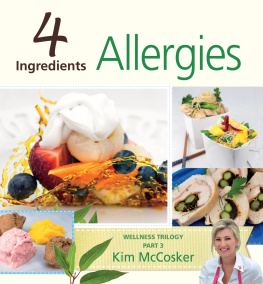
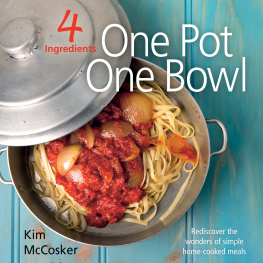


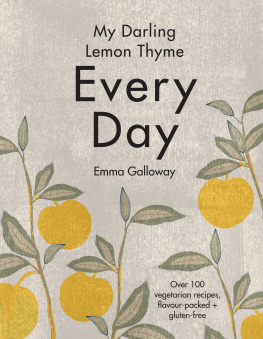
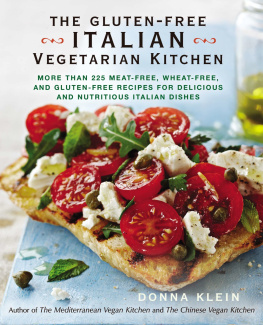

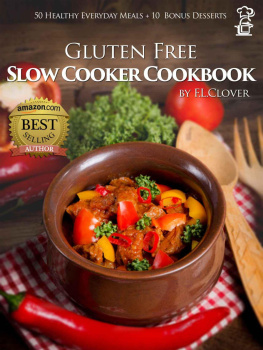
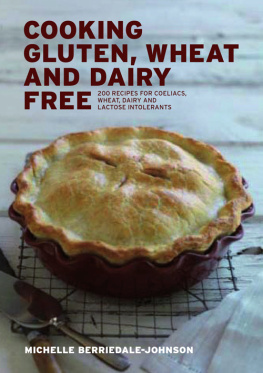
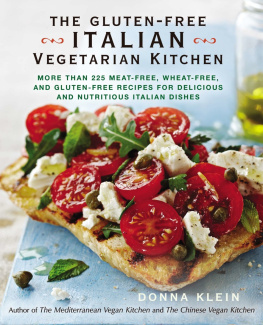
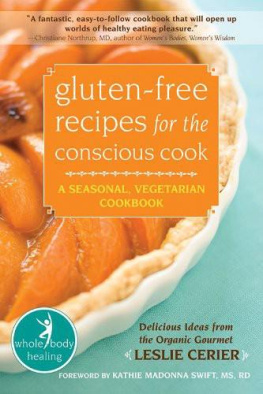
 throughout the trilogy.
throughout the trilogy.



